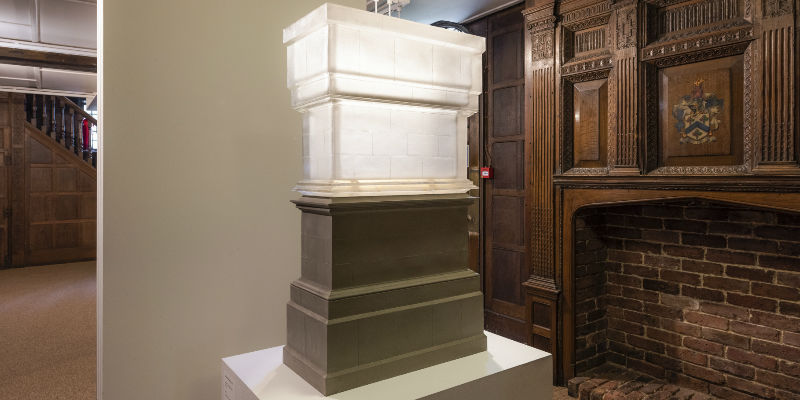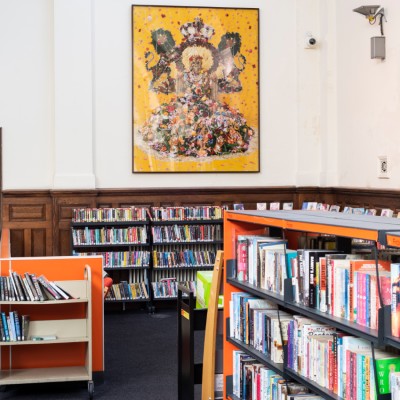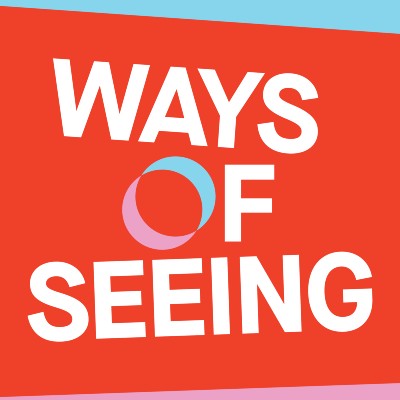Cornelia Parker & Rachel Whiteread
6 June - 31 August
Vestry House Museum and Gardens
Free

These artworks are part of Ways of Seeing, a partnership between Waltham Forest London Borough of Culture 2019 and the Government Art Collection. Ways of Seeing turns the borough into a gallery with 33 internationally renowned artists displayed in 28 unexpected locations.
Cornelia Parker - Rorschach (Endless Column III) (2006)
This artwork is made from pieces of silverware, flattened by a 250-tonne industrial press. The artist Cornelia Parker explains: “Silver is commemorative, the objects are landmarks in people’s lives. I wanted to change their meaning, their visibility, their worth. That is why I flattened them, consigning them all to the same fate.”
The title, Rorschach (Endless Column III), refers to a famous psychological test called the Rorschach test. It was invented by a Swiss psychiatrist in the 19th century. It involves folding an inked piece of paper in half to create abstract symmetrical images. Patients are then asked to find meaning in these images, revealing their subconscious minds.
Parker has created her own 3D Rorschach pattern. What will you see when you look at this sculpture?
Cornelia Parker was born in Cheshire and trained at Gloucestershire College of Art and Design, Wolverhampton Polytechnic and Reading University. She was nominated for the Turner Prize in 1997. You might have seen her public art commissions at St Pancras International station and in the Palace of Westminster. In 2010, she was appointed an OBE for services to British art.
Rachel Whiteread - Untitled (Plinth) (1999)
The Fourth Plinth project invites leading artists to make sculptures for the empty plinth in Trafalgar Square. The project was started in 1998 by The Royal Academy of Arts and is now run by the Mayor of London’s Culture Team. Rachel Whiteread was the first woman to be asked to contribute. She created Inverted Plinth. Untitled (Plinth) is a one-tenth scale model of that work.
Whiteread was inspired by spending time in Trafalgar Square. She said that she became “acutely aware of the general chaos of London”. She decided to make a sculpture that would be “a pause, a quiet moment for the space.”
She created a transparent resin cast of the plinth and placed it upside down on the original. It transforms the plinth into an object of beauty and contemplation, as the light plays with the resin.
Rachel Whiteread was born in London and graduated from the Slade School of Art in 1987. She was one of the Young British Artists group in the 1990s. She is known for her sculptures of ‘negative spaces’, the spaces in, under or around things. In 1993, she was the first woman to win the Turner Prize. In 1997, she represented Britain at the Venice Biennale. In 2017, she was awarded the International Medal of Arts from the US Department of State.
Tell us what the artworks make you think and feel using #wfculture19
Event categories:

How to get there
Venue: Vestry House Museum and Gardens, Vestry Road, Walthamstow, London E17 9NH
By train: Walthamstow Central (Victoria Line and London Overground)
By bus: 20, 230, 357, W12, W15, W16, W19

.jpg)
